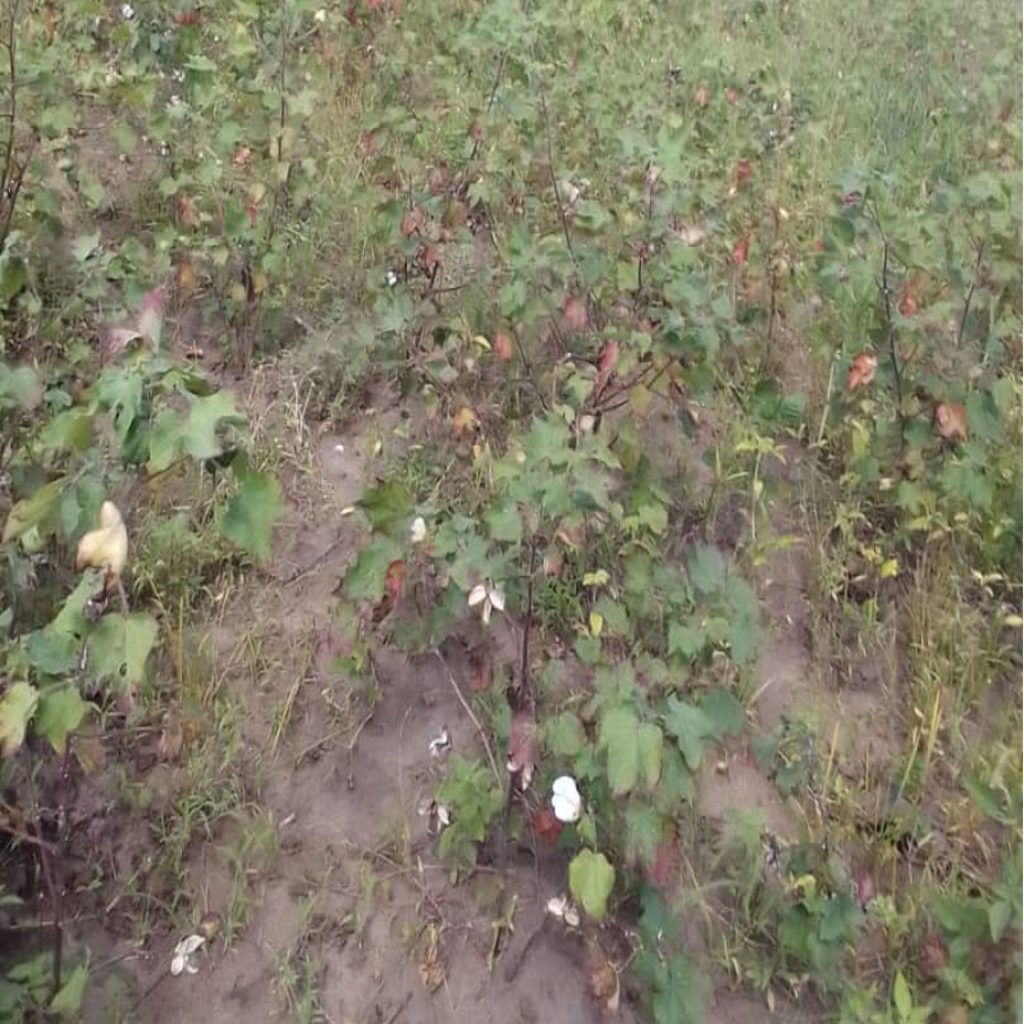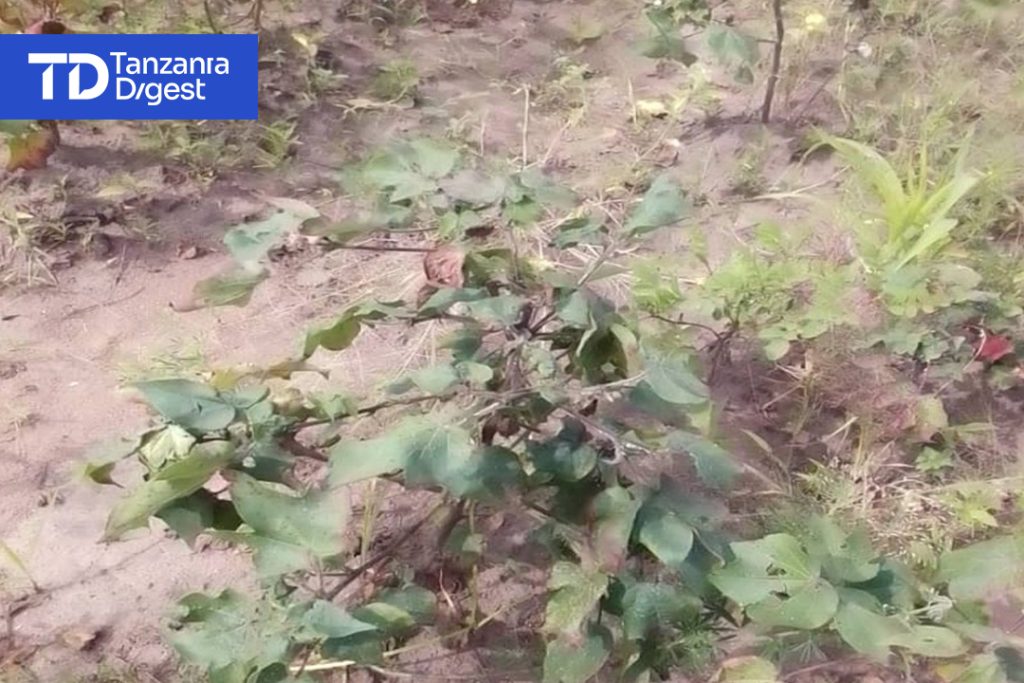How One Pest, One Ban, and One Breakthrough Could Rewrite the Future of an Entire Region
Once Upon a Cotton Kingdom
In the rolling green hills and broad plains of Southern Tanzania, stretching across Mtwara, Lindi, Ruvuma, Njombe, Songwe, Rukwa, and Mbeya cotton once ruled. It clothed families, fed economies, and sent children to school. This was not just any crop; it was the region’s white gold, the lifeblood of some families.
Farmers worked the soil with pride, planting cotton in harmony with the rains, and watching the soft white bolls bloom with promise. In the markets, you could feel the pulse of prosperity when cotton harvests were good. But that was then.

The Year the Fields Fell Silent
In 1968, everything changed.
A tiny pest, the red bollworm (Diparopsis castanea), was discovered burrowing into the bolls, squares, and flowers of the region’s cotton plants. Unchecked and devastating, it became a farmer’s nightmare. Desperate spraying could not contain it. The pest moved faster than the solutions.
So, the government took a bold decision: cotton farming was banned across the entire Southern Highlands.
The goal? To stop the pest from creeping northward into Tanzania’s most productive cotton zones—Simiyu, Mwanza, Shinyanga, and Geita—where the crop was crucial to national exports. The South’s sacrifice became a firewall for the rest of the country.
But for the farmers of the Southern Highlands, it was the end of an era. Cotton ginneries fell quiet. Generations of knowledge began to fade. An economy built on fibre was replaced by silence and struggle.
The Return of Cotton, Powered by Science
Fast forward to the present day. The fields still remember. The farmers still hope. And now, science has caught up with the problem.
Enter Bt cotton, a genetically modified (GM) cotton variety that contains a built-in biological weapon against the red bollworm. Through a gene derived from the natural bacterium Bacillus thuringiensis, Bt cotton produces a protein that kills specific pests but is harmless to humans, animals, and most beneficial insects.
In simple terms: the plant protects itself.
Bt cotton is not a theory. It is a proven technology:
In India, smallholder farmers using Bt cotton saw a 24% increase in yield and a 50% rise in profits (Kathage & Qaim, 2012).
In South Africa, 88% of Bt cotton growers reported higher incomes and invested more in education and farming.
In Nigeria, commercial Bt hybrids are reducing pesticide use and improving cotton productivity, showing what science can do for African agriculture.
For Tanzania’s Southern Highlands, this isn’t just an option. It’s a second chance. A comeback story decades in the making.
So, Why the Delay?
If the solution exists, and has worked in countries with similar farming conditions, why is Tanzania still holding back?
The reasons are complex, but clear.
Tanzania’s biosafety framework is among the strictest in East Africa. While it allows confined field trials, moving to full-scale commercial release has been slow and publically sensitive.
Cotton is an export crop. Some fear that adopting GM cotton might shut Tanzania out of European markets where GM regulation is tight despite no evidence that lint from Bt cotton poses a trade risk.
Misunderstandings about GMOs fuelled by misinformation, fears of corporate control, and limited public science communication have clouded public trust in the technology.
Even if Bt cotton were approved tomorrow, the success of its rollout would depend on quality seed systems, trained extension officers, farmer education, and pest surveillance, all of which still need investment.
The Bigger Picture: More than Just Cotton
This story is not only about one crop, one region, or one pest. It is about the future of science-based agriculture in Africa. It is about whether policy can keep up with innovation. It is about fairness can a region that gave up everything in 1968 finally be given something back?
More than that, Bt cotton offers a model for climate-smart agriculture. It reduces pesticide use (which harms soil, water, and farmer health), increases resilience against crop losses, and boosts rural incomes without requiring more land or water.
Reclaiming the South
The Southern Highlands of Tanzania have waited over 50 years. Today, the knowledge is available. The technology is ready. The science is sound.
With the right mix of political will, farmer inclusion, biosafety assurance, and market foresight, the South could once again become a thriving cotton hub, this time, smarter, stronger, and more sustainable.
As we talk of reviving African agriculture, reindustrialising through value chains, and decarbonising global production systems, Bt cotton fits into all three. It aligns with Agenda 2063, CAADP, and Tanzania’s national agricultural transformation goals.
The Final Question
The question is no longer, whether Bt cotton works. The question is:
Will Tanzania let it work for the South, for science, and for a new generation of cotton farmers ready to return to the fields they once loved?
About the Authors
Rebeca Kachembeho is a science writer based in Tanzania. She is currently contributing to a research project on Public understanding of biotechnology at Sokoine University of Agriculture. Her reporting focuses on bridging research and rural realities, with a growing portfolio of work spotlighting underrepresented voices in African science.
Martinus Sospeter is a science communicator affiliated with Sokoine University of Agriculture. He reports on climate change and environmental policy, with a focus on how global dynamics shape the lives of smallholder farmers in Africa.
Jackline Martine is an emerging science journalist based in Tanzania. She specializes in agricultural innovation, technology adoption, and knowledge transfer. She affiliated with Sokoine University of Agriculture. Her work explores how science is interpreted and applied in farming communities in Africa.
Read More articles by Rebeca Kachembeho, Martinus Sospeter & Jackline Martine

